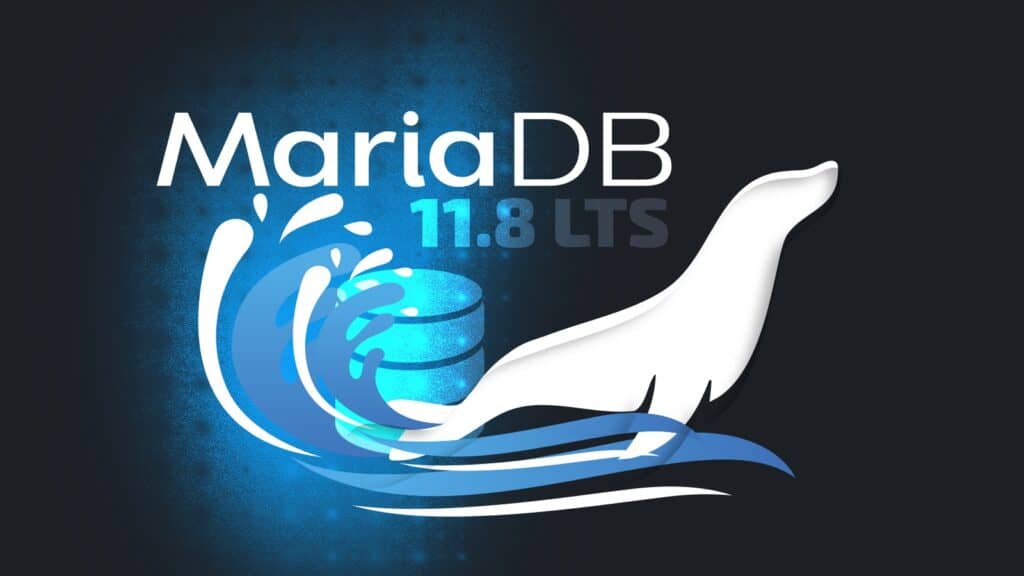MariaDB Foundation published its annual long-term support release of its highly popular open-source RDBMS, MariaDB 11.8 LTS. The main highlight is MariaDB Vector, a native implementation of vector similarity search – a key technique in machine learning and natural language processing.
The release introduces a dedicated VECTOR data type, index structures optimized for nearest-neighbor queries, and helper functions such as VEC_DISTANCE() for Euclidean or cosine calculations.
Under the hood, SIMD optimizations leverage AVX2, AVX-512, ARM NEON, and IBM Power10 instructions, allowing large-scale retrieval-augmented generation and other AI workloads to run directly inside the database engine. For organizations exploring generative AI, that’s a big deal: you can keep embeddings and business data in one place while still hitting low-latency retrieval targets.
Beyond AI, MariaDB has quietly solved the Year 2038 problem for standard tables by extending the TIMESTAMP life range to February 2106—no data migration required.
Moreover, starting with 11.8 LTS, the default character set transitions from latin1 to utf8mb4, bringing full Emoji and modern language support out of the box. Collations now track the Unicode Collation Algorithm 14.0, reducing surprise mismatches when developers move between MariaDB and other Unicode-aware systems.
On the security front, the release bundles PARSEC—Password Authentication with Response Signed by Elliptic Curves. While not yet the default plugin, PARSEC folds current best practices (elliptic-curve signatures, hash agility, and nonce-based challenges) into a single mechanism.
Unix-socket authentication has likewise been tuned for smoother local logins following feedback from system administrators.
Regarding backup, restore, and replication, admins who spend weekends babysitting backups will appreciate that mariadb-dump and mariadb-import now support parallel backup and restore. Whether exporting a single multi-terabyte schema or a constellation of micro-databases, multiple threads can dramatically cut wall-clock time.
Replication also benefits from community and vendor contributions:
- Binlog segment switching avoids costly file copies during large commits.
- Asynchronous rollback speeds crash recovery.
- A new timeout (
slave_replication_delay_abort_timeout) automatically aborts blocking transactions, keeping replicas current even under write-heavy loads.
Lastly, on the observability side, MariaDB 11.8 LTS exposes richer statistics columns and extended user metadata. DBAs can now spot locked accounts, impending password expirations, and workload hotspots without resorting to external probes.
MariaDB’s engineers promise that upgrades from 11.4 LTS or long-lived 10.x installations are typically drop-in and finish in seconds. The one caveat concerns system-versioned tables, whose internal TIMESTAMP format has changed, so users relying on that feature should review the release notes before hitting Enter.
For more information, see the announcement.
